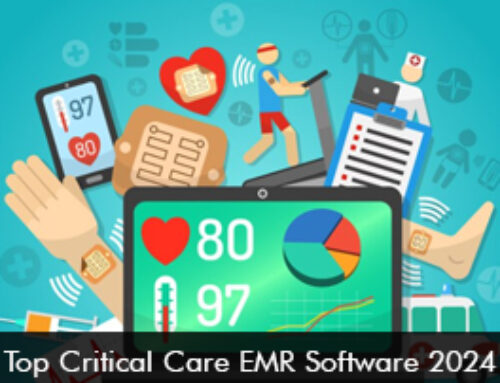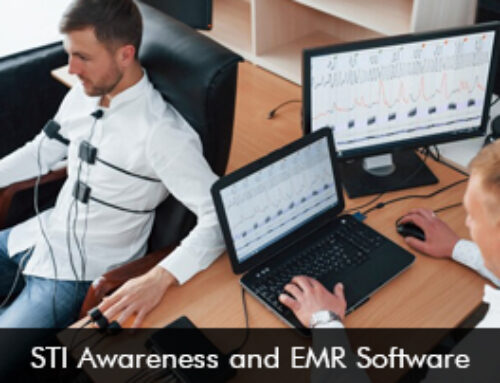Radiology practices such as RadNet has carefully deployed natural language processing tools in order to help them in tackling over-utilization along with performing tasks that are quite challenging for humans. All players in the US healthcare industry know that 2019’s positive or negative Medicare payment adjustments will depend heavily on performance to quality under the new program known as the Merit-based Incentive Payment System (MIPS). Performing better on the quality measures is really important today because the quality measures comprise 60 percent of a provider’s total MIPS score. When it comes to readiology practices, the same 60 percent escalates to a staggering 85 percent.
Interestingly, most quality measures in MIPS are centered on face-to-face patient encounters which are not particularly applicable in practices conducting radiology. This was a major concern for RadNet, a healthcare entity that happens to be a 300-center outpatient imaging provider.
Voicing these concerns RadNet clinical workflow analyst Cheryl Sullivan said, “We had to take full advantage of the few quality measures that were suitable to us. Our coding system was only partially effective in retrieving the necessary information for measures and needed to be checked frequently against the clinical record for accuracy. Manual coding is slow, expensive, and still must be checked for accuracy.”
RadNet really needed an automated system that would be able to extract the relevant data precisely and reliably. That is where they employed SyTrue, a vendor specializing in artificial intelligence technology and healthcare natural language processing.
To RadNet, two MIPS quality performance measures were particularly challenging:
1) #405 – Appropriate Follow-up Imaging for Incidental Abdominal Lesions
2) #406 – Appropriate Follow-up Imaging for Incidental Thyroid Nodules in Patients.
“This is because they are based on whether or not the radiologist recommended follow-up for certain incidental findings – that is, the fewer follow-up recommendations for the incidental findings, the better the performance score,” Sullivan explained. “The coding for these measures is complicated, i.e., is the finding one that qualifies for the measure (type, size); is the finding incidental; and then is any part of the radiologist’s follow-up recommendations due to the incidental finding.”
So RadNet worked hard with SyTrue and wrote natural language processing rules that interpreted specifications, gathered the measure information directly from the radiology reports, and precisely calculated the quality scores for measures 405 and 406.







